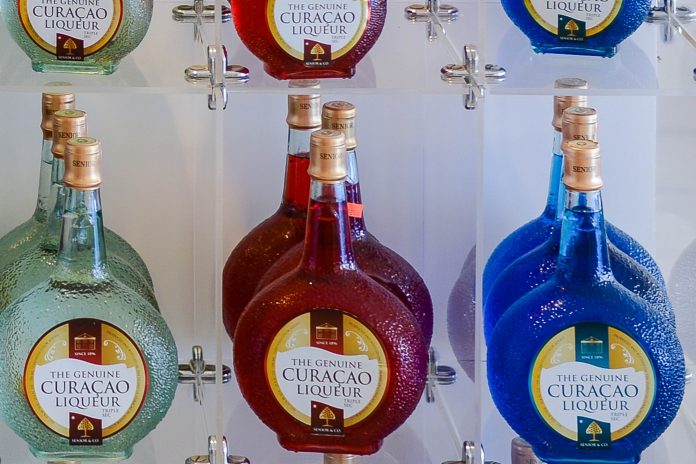Die Landhäuser auf Curaçao sind das Vermächtnis der Kolonialherren der vergangenen Jahrhunderte. Die historischen Bauten werden heute auf verschiedenste Arten genutzt und können zum Teil besichtigt werden.
Als die Holländer im Jahr 1634 die Insel Curaçao unter ihre Herrschaft stellten, entstanden vom Hafen Schottegat in der Hauptstadt Willemstad ausgehend nach und nach mehrere Landhäuser, die die autarke Versorgung der Insel mit Lebensmittel sicherstellen sollten. Manche dieser Herrenhäuser sind heute noch gut erhalten und viele davon können besichtigt werden. Deren niederländische Architektur mitten in der Karibik zählt zu unseren Top 10 Sehenswürdigkeiten von Curaçao.
Die hübschen Landhäuser auf Curaçao sind alle ähnlich konzipiert, und dennoch gleicht keines dem anderen. Auf einer Rundfahrt auf Curaçao von Willemstad ausgehend in Richtung Südosten und danach zurück in den Nordwesten passiert man eine Vielzahl der großzügig angelegten und meist farbenprächtigen Herrenhäuser.
Inhaltsverzeichnis
BILDER: Landhäuser auf Curaçao
Fotogalerie: Landhäuser auf Curaçao
Landhäuser am Schottegat
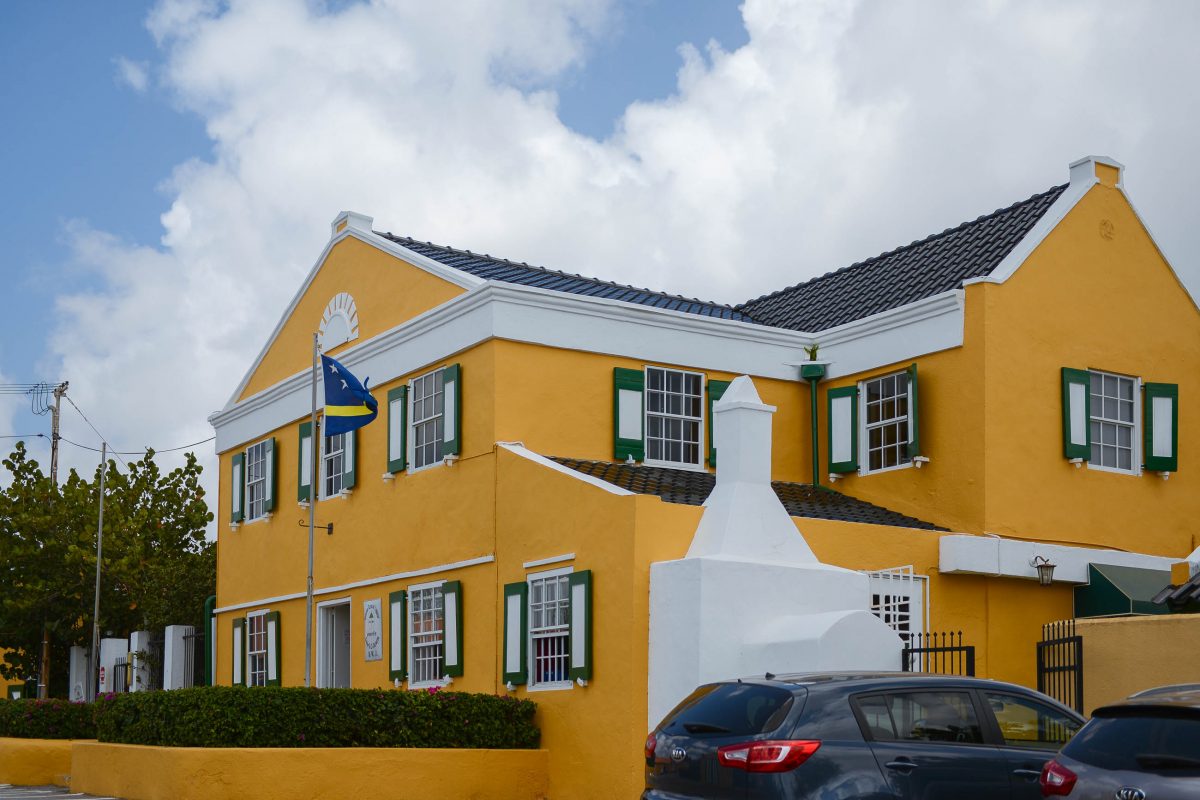
Östlich des Schottegat, des eindrucksvollen Hafens von Willemstad, sind entlang des Schottegatweges vier Landhäuser zu finden. Ganz im Norden liegt das Rooi Catootje, in welchem 1950 in der „Round Table Conference“ die Unabhängigkeit von den Niederlanden beschlossen wurde. Noch heute ist an der Nordseite des Hauses die Sklavenglocke zu sehen, die einst die Sklaven zum Appell rief. Nach Vereinbarung kann die hauseigene Bibliothek besichtigt werden.
Die nächsten beiden Landhäuser sind Groot Davelaar und Zeelandia, die heute beide Restaurants beinhalten, in denen man in historischem Ambiente gediegen speisen kann. „De Taveerne“ im schmucken rot-weiß verzierten Groot Davelaar zählt sogar zu den bekanntesten Restaurants der Stadt. Das südlichste und wohl bekannteste Landhaus am Schottegatweg ist das Landhaus Chobolobo, in dem seit über 100 Jahren der weltweit bekannte Curaçao-Likör hergestellt wird.
Curaçao-Destillerie im Landhaus Chobolobo

Der Likör „Blue Curaçao“, für den die Karibik-Insel Curaçao weltweit bekannt ist, wird im Landhaus Chobolobo noch nach alter Tradition hergestellt. Ein Spaziergang durch die Produktionshalle offenbart die Geschichte des Likörs von seiner Erfindung im 19. Jahrhundert bis heute. Die Curaçao-Destillerie zählt zu unseren Top 10 Sehenswürdigkeiten von Curaçao.
Chobolobo wurde wie zahlreiche andere Landhäuser auf Curaçao im späten 18. Jahrhundert auf einer ca. 10 Hektar fassenden Plantage errichtet. Von der frühen Geschichte des Landhauses ist nur bekannt, dass es im Jahr 1796 von seinem damaligen Eigentümer Metthew „Sebollobo“ genannt wurde und zu Beginn des 20. Jahrhundert der Schiffsbauer-Familie Jesurun gehörte. Im Jahr 1946 ging das Landhaus an die Familie Senior, die es zur Likör-Destillerie ausbaute.
Besuch der Curaçao-Destillerie
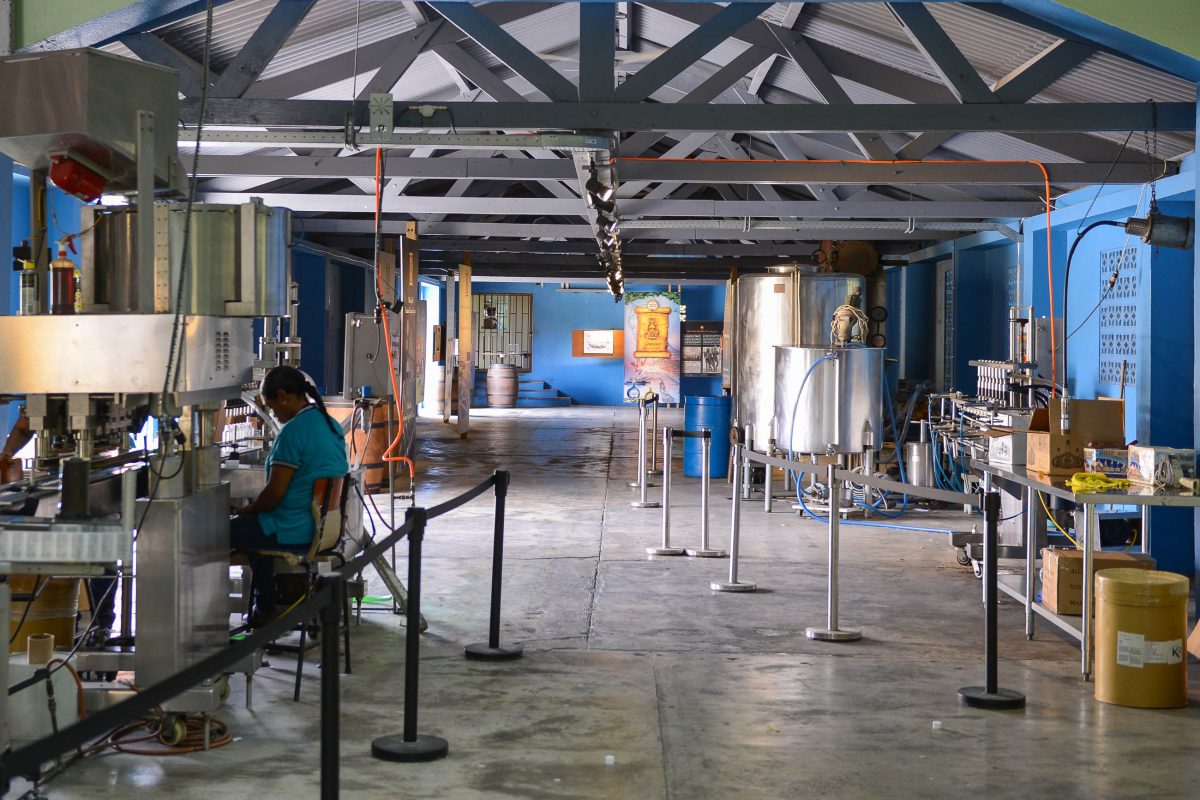
Das Landhaus Chobolobo befindet sich im Stadtteil Salina östlich des riesigen Hafens Schottegat und kann völlig kostenlos besichtigt werden. Am Eingang zur Produktionshalle des Curaçao-Likörs sind Informationen in verschiedenen Sprachen erhältlich, die durch die Schautafeln führen.
Zusätzlich zur Geschichte und Herstellung des Curaçao-Likörs erfährt der Besucher auch Wissenswertes über die Geschichte der Familie Senior und der Juden auf Curaçao (der Curaçao-Likör ist übrigens als koscher zertifiziert).
Gewusst? Der weltweit bekannte Blue Curaçao ist nur blau, weil er eingefärbt ist. Der „reine“ Curaçao-Likör ist völlig farblos und es gibt in auch in roten, grünen, schwarzen und goldenen Varianten.
Am Ende der Produktionshalle können sowohl die Erfrischungslotion der Familie Senior ausprobiert, als auch drei verschiedene Sorten des Curaçao-Likörs verkostet werden. Danach werden die Besucher in den umfangreichen Shop geleitet, in dem Liköre und andere regionale Köstlichkeiten sowie zahlreiche Souvenirs von Curaçao als Andenken mit nach Hause genommen werden können.
Geschichte des Curaçao-Likörs
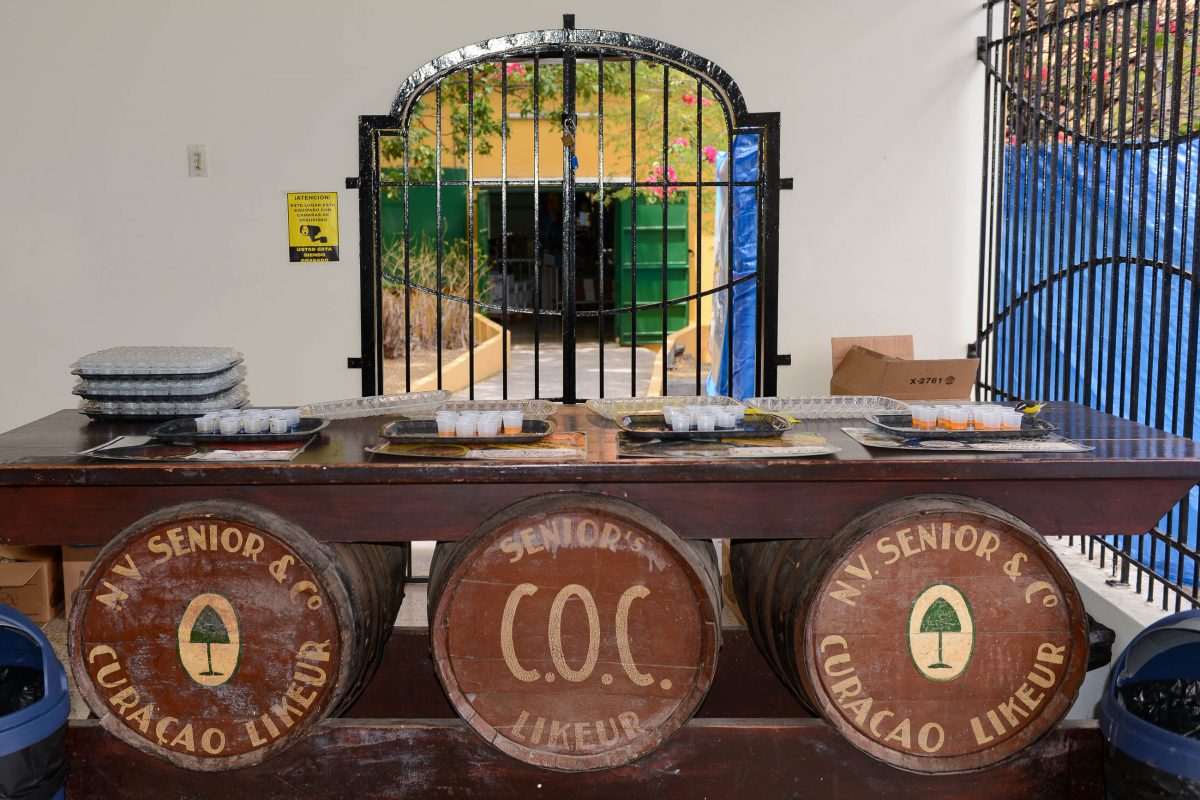
Bereits im Jahr 1499, nur wenige Monate nach der Entdeckung von Curaçao, begannen die Spanier mit dem Anbau von Valencia-Orangenbäumen. Das Klima war den Obstbäumen jedoch zu heiß und zu trocken und der Boden zu karg, ihre Früchte blieben klein und sauer und die Plantagen verwilderten mit der Zeit.
Der Legende zufolge wurde der Curaçao-Likör von einem Mitglied der Senior-Familie „entdeckt“. Diese dem spanischen Königshaus nahestehende jüdische Familie war vor der Inquisition von Spanien nach Amsterdam geflohen und einige Nachkommen wanderten schließlich nach Curaçao aus. Edgar Senior fiel das köstliche Aroma auf, dass den Schalen der Valencia-Orangen entströmte, nachdem er auf sie getreten war und er beschloss, damit zu experimentieren.
Viele Versuche mit den verschiedensten Zutaten und Gewürzen später hatte die Familie Senior ihren „Genuine Curaçao Liqueur“ entwickelt. Dieser wurde so erfolgreich , dass 1896 das Unternehmen Senior & Co gegründet wurde. Der kupferne Destillierapparat, der damals verwendet wurde, ist bis heute im Einsatz. Seit 1948 stellt die Firma Senior & Co nicht nur ihren schmackhaften Likör, sondern auch eine Erfrischungslotion her, deren Aroma aus Orange und Menthol als „Klimaanlage in der Flasche“ angepriesen wird.
BILDER: Curaçao-Destillerie im Landhaus Chobolobo, Willemstad
Fotogalerie: Curaçao-Destillerie im Landhaus Chobolobo, Willemstad
Landhäuser im Südosten von Curaçao
Südöstlich von Willemstad befinden sich die Landhäuser Jan Thiel, Santa Barbara, sowie Klein und Groot Sint Joris. Die Landhäuser am Spanse Water, der nobelsten Gegend von Curaçao, sind für Touristen nicht zugänglich. Auch die beiden Landhäuser an der Sint Joris Baai, die einst für ihren Sklavenhandel berüchtigt waren, befinden sich in Privatbesitz und können nicht besichtigt werden.
Landhaus Ronde Klip
Das erste Landhaus im Osten von Willemstad, welches auch für Besucher zugänglich ist, ist das Landhaus Ronde Klip. Mit seinem wuchtigen Treppenaufgang diente es bereits als Filmkulisse. Ursprünglich erst 1904 fertiggestellt wurde es vor einigen Jahren renoviert und erstrahlt heute in alter Pracht.
Landhaus Brievengat
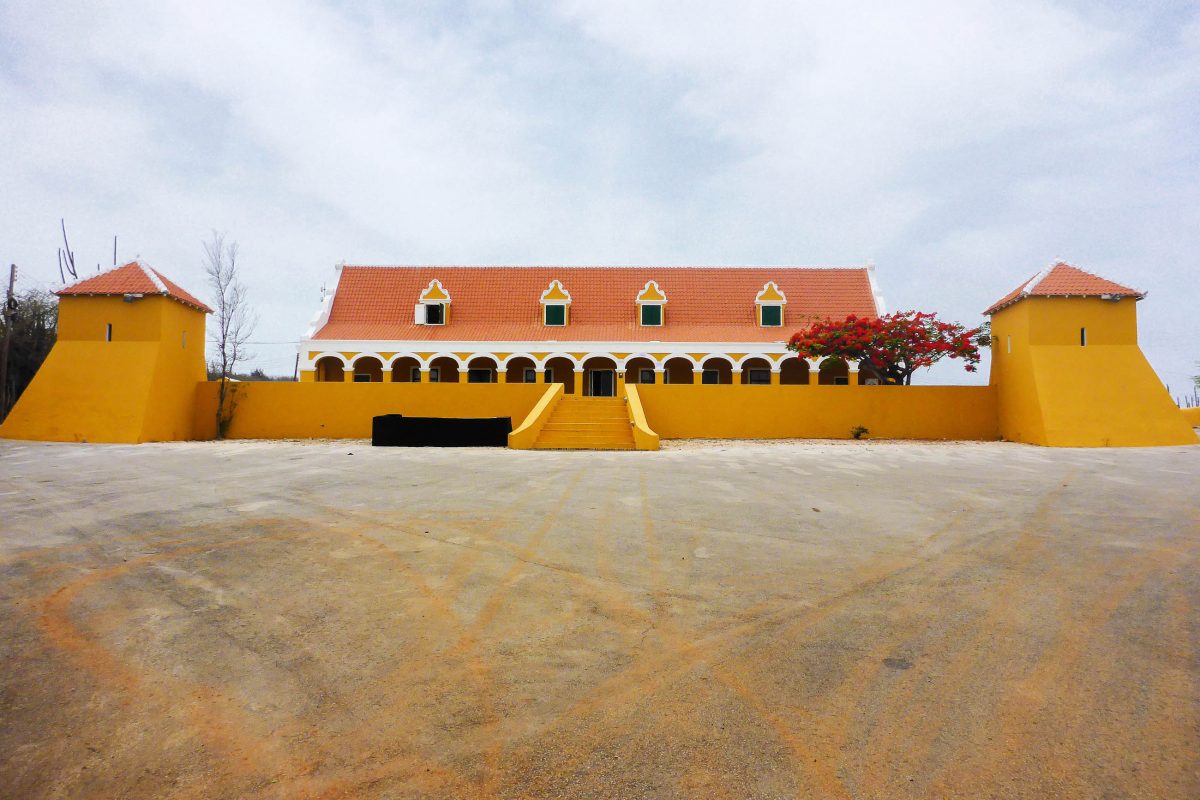
Nur 4km westlich von Ronde Klip liegt das Landhaus Brievengat, das wohl schönste und bekannteste Landhaus von Curaçao. Der prächtige Bau wurde 1750 als erfolgreiche Rinder- und Ziegenzucht errichtet und 1925 vom Shell-Konzern erworben, der es 1954 einer Privatstiftung zur Erhaltung historische Denkmäler überließ.
Besonders auffällig sind die beiden mächtigen Türme, deren Funktion bis heute nicht ganz klar ist. Entweder dienten sie als Wachtürme oder als Gefängnis für Sklaven, was allerdings noch immer nicht die Bezeichnung im Volksmund als „Liebesnest“ erklärt.
Das majestätische Landhaus kann von außen besichtigt werden, hin und wieder finden auch Veranstaltungen mit Musik, Tanz und Festessen statt. Tagsüber ist das Haus jedoch fast unheimlich still.
Vor dem Landhaus Daniel passiert man auf der Straße vom Landhaus Brievengat noch die Landhäuser Papaya, Seru Grandi und Martha Koosje. Letzteres ist ein mit Antiquitäten liebevoll ausgestattetes Restaurant, das nach seiner ehemaligen Besitzerin benannt ist.
Landhaus Daniel
Das Landhaus Daniel wurde nach seinem Erbauer Daniel Ellis benannt. Es stammt aus dem Jahr 1650 und wurde nicht als Plantage, sondern in den stillen Hügeln Curaçaos als Raststätte für Pferd und Reiter errichtet.
Landhaus Ascension
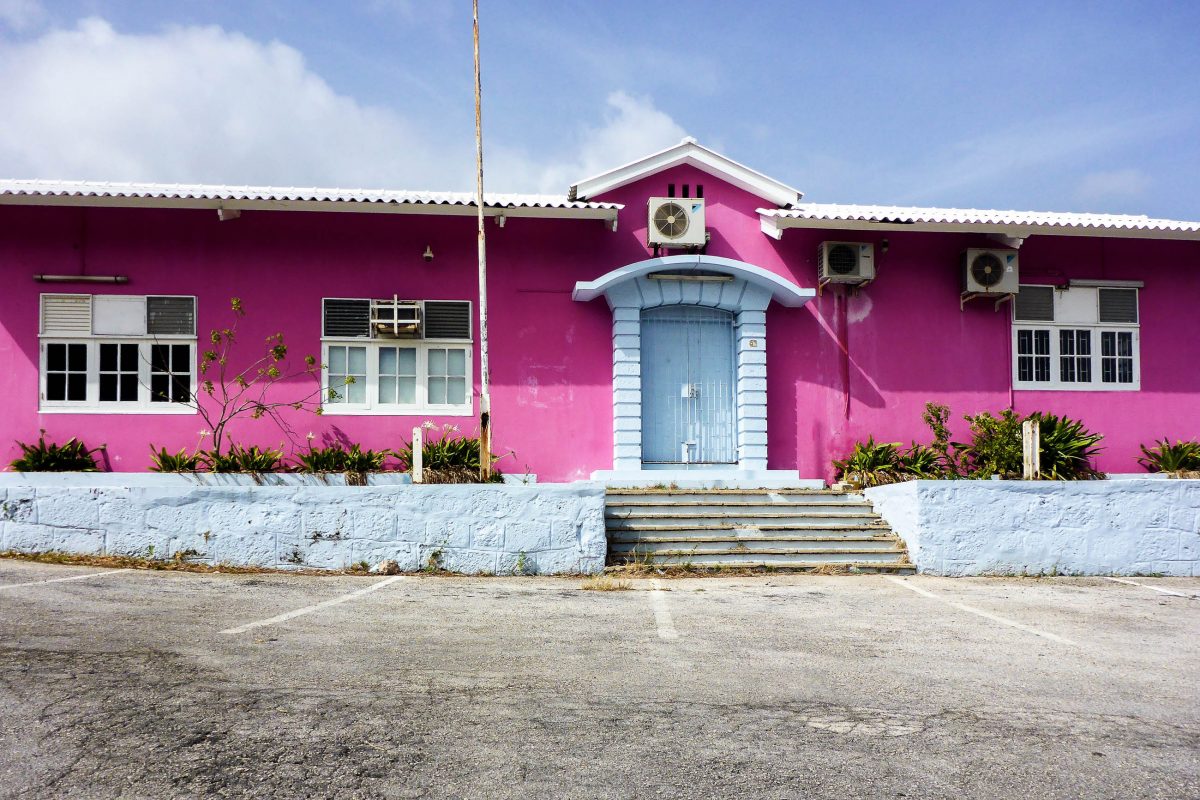
Das bonbonrosafarbene Landhaus Ascension in der Nähe von Barber ist ein ideales Beispiel für ein Landhaus, das auf einem Hügel errichtet wurde. Es wurde bereits im 16. Jahrhundert von den Spaniern errichtet, im 18. Jahrhundert erweitert und 1963 renoviert. Heute gehört es der Marine und ist für Besucher zugänglich, die sich vom mit Kakteen gesäumten Zufahrtsweg nicht abschrecken ließen.
Landhaus Savonet
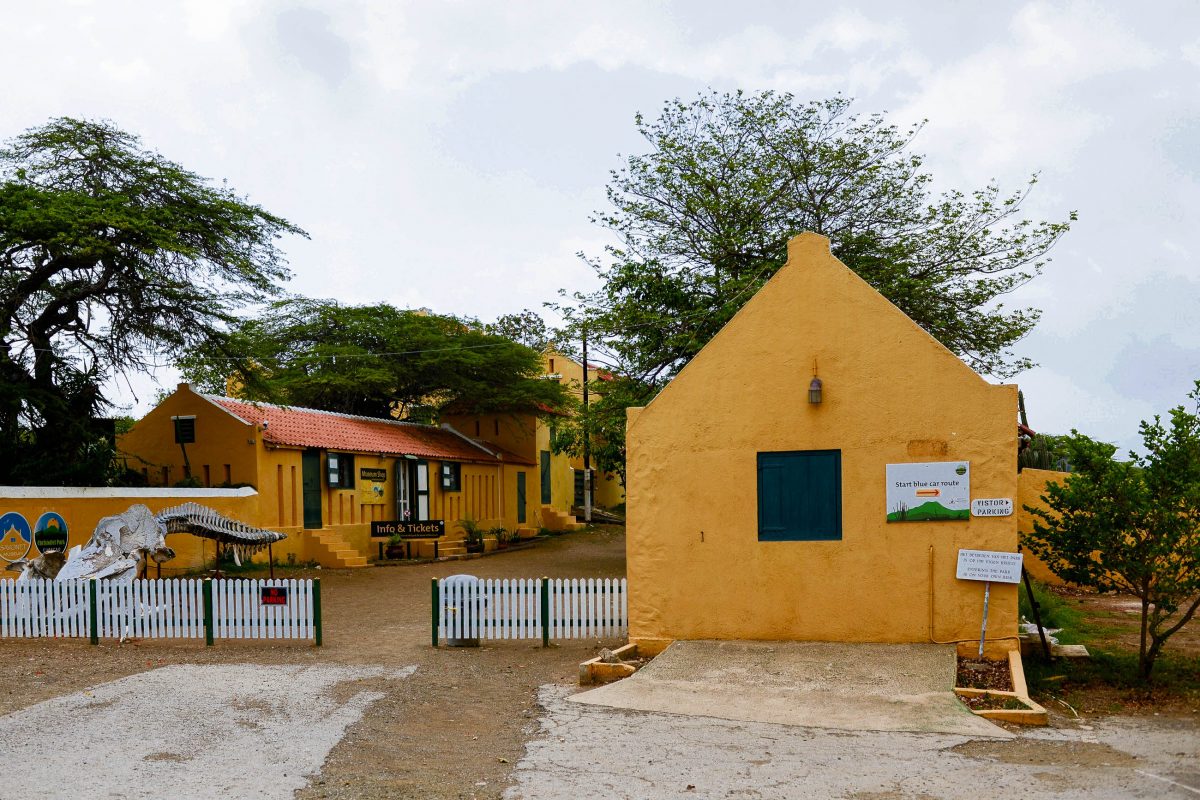
Das Landhaus Savonet liegt direkt an der Straße von Willemstad nach Westpunt und gilt gleichzeitig als Zutritt zum Christoffelpark. Hier sind Tickets und Straßenkarten für Curaçaos größten Nationalpark erhältlich. Außerdem befindet sich hier das Savonet-Museum, welches anhand von archäologischen Funden im Christoffelpark die Geschichte der Insel dokumentiert.
Landhaus Knip

Wer im Christoffelpark den Christoffelberg bestiegen hat, konnte bereits aus luftiger Höhe einen Blick auf das Landhaus Knip werfen, das wie ein gelbes Spielzeug-Häuschen aus dem üppigen Grün von Curaçaos Norden leuchtet. Das klassische Herrenhaus stammt aus dem 17. Jahrhundert und gehörte bereits damals zu den eindrucksvollsten Landhäusern der Insel.
Aufzeichnungen geben Auskunft darüber, dass 1867 353 Personen, 2400 Schafe, 680 Ziegen, 364 Kühe, 100 Schweine und 30 Pferde das Landhaus Knip bevölkerten. Noch heute ist der weitläufige Bau ein prachtvolles Beispiel für die damalige Plantagenarchitektur. Als angeblicher Ausgangspunkt des Sklavenaufstandes im Jahr 1795 hat es auch historische Bedeutung.
Landhaus Pannekoek
Das Landhaus Pannekoek liegt direkt an der Straße von Dorp Soto nach Willemstad und hat nichts mit Pfannkuchen zu tun, sondern wurde im 18. Jahrhundert von Gerrit Pannekoek errichtet. Heute dient es als Jugendzentrum für die Schüler Willemstads.
Landhaus Jan Kok
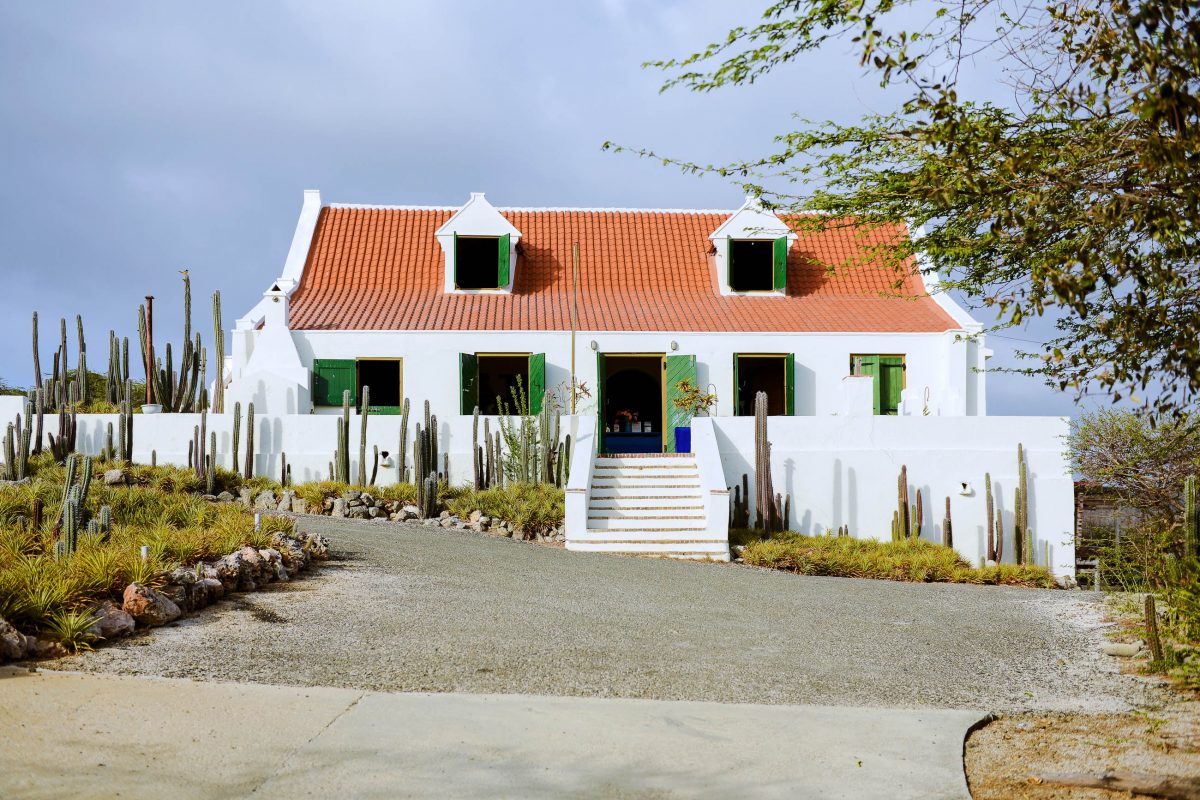
Das im Jahr 1750 erbaute Landhaus Jan Kok diente einst nicht der Viehzucht, sondern der Salzgewinnung in der nahegelegenen Sint Mariebaai. Dies ist vielleicht auch der Grund für das strahlende Weiß statt der üblichen leuchtenden Gelbtöne des Landhauses. Von seinem Hügel aus tut sich ein schöner Blick auf das benachbarte Landhaus Hermanus und die Kirche von Dorp Sind Willibrordus auf.
Weiterführende Links:
Offizielle Website der Curaçao-Likör-Destillerie auf Curaçao

